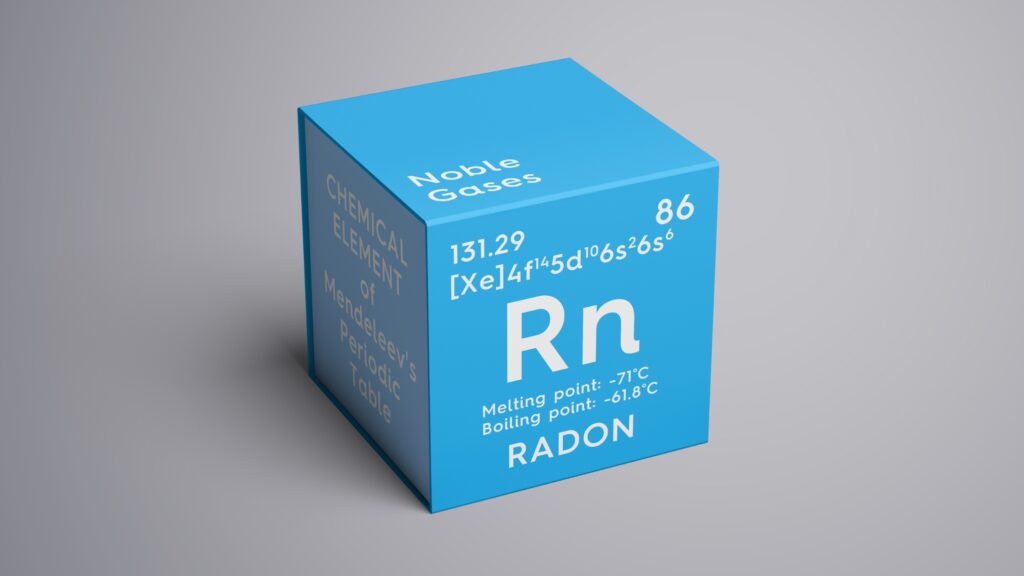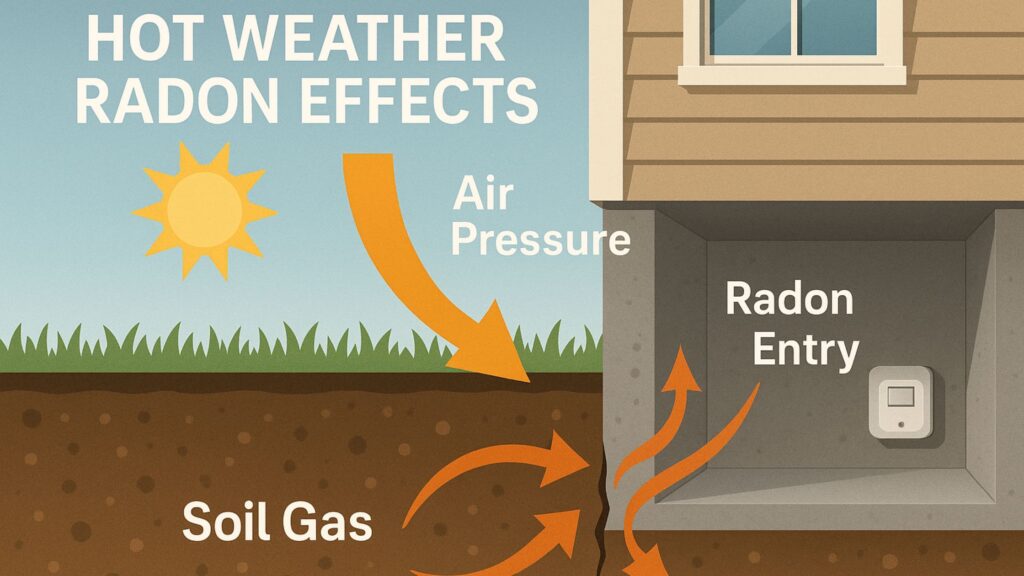Radon testing is essential to safeguard your home and loved ones from this hidden danger. If you’re wondering how long a radon test takes, you’re not alone. This guide breaks down everything you need to know—from testing types to timelines—so you can take action confidently and ensure a safe living environment.

Understanding the Radon Testing Process
Radon testing is a crucial step in ensuring your home’s indoor air quality remains safe. The process identifies the presence and levels of radon gas, a naturally occurring radioactive element. Many homeowners often ask, how long does a radon test take, and the answer depends on the method you choose.
Before starting, it’s important to understand the benefits of accurate radon testing. Reliable results help protect health, reduce risks, and prevent exposure to pollutants—issues often tied to broader environmental health. Choosing the right test kit also plays a role in both duration and precision
Understanding How Long a Radon Test Actually Takes
Radon testing duration depends on test type, environment, and conditions. Understanding the timeline helps ensure accurate and reliable results.
- Short-Term Tests
These tests usually take between 2 to 7 days. They offer quick results, but due to shorter exposure periods, they may not always reflect long-term radon levels accurately.
- Long-Term Tests
Long-term tests last between 90 days to 12 months. They provide a more accurate average of radon exposure by accounting for seasonal changes and varying environmental conditions throughout the year.
- Test Placement Matters
Place the testing device in the lowest regularly used level of your home. Avoid windows, vents, or drafty spaces for accurate readings. Since radon contributes to indoor air pollution, proper placement ensures the results reflect real exposure levels.
- Weather Can Influence Results
Environmental factors like storms, wind, and temperature changes can influence radon levels. Therefore, it’s important to test during stable weather conditions for the most reliable results.
- Certified Testing Devices
Always use EPA-approved or certified radon test kits. These devices meet industry standards, ensuring your test results are accurate, trustworthy, and suitable for making health-related or real estate decisions.
Radon Test Preparation: What You Need to Do
Proper preparation ensures accurate radon test results. Follow these essential steps to minimize errors and maintain ideal testing conditions throughout.
- Maintain Closed Conditions
Keep all doors and windows shut for a minimum of 12 hours before beginning the radon testing process. This helps stabilize indoor air pressure and allows accurate radon levels to accumulate for measurement.
- Avoid Fan and HVAC Use
Minimize air circulation from ceiling fans, furnaces, or HVAC systems. Excess airflow can dilute radon concentrations, potentially leading to lower readings that don’t reflect real exposure.
- Choose the Right Testing Room
Position the testing device in the lowest habitable area of your home, like a basement or ground-level space. Avoid bathrooms, kitchens, or areas with high moisture or frequent ventilation disturbances.
- Inform Household Members
Inform everyone in your household about the ongoing radon test to avoid interference or disturbances. This ensures the device remains undisturbed, reducing the risk of tampering or accidental movement during the test.
- Secure the Test Device Properly
Position the device on a stable surface, 20 inches above the floor, away from direct sunlight or drafts. Proper placement ensures consistent readings and helps prevent faulty or inconclusive results.

Breaking Down What Extends Radon Testing Time
Several key factors can extend radon testing time. Understanding these elements ensures accurate results and avoids unnecessary delays in the process.
- Type of Testing Kit
Short-term kits deliver quicker results within days, while long-term kits take months to complete. Longer tests provide greater accuracy by accounting for seasonal fluctuations and changing indoor radon levels.
- Purpose of Testing
Testing goals matter—homebuyers may need fast results, while homeowners monitoring safety prefer long-term accuracy. Choose a method that aligns with your timeline and the level of detail required.
- Environmental Conditions
Radon levels vary with humidity, pressure, and temperature. HVAC systems and weather changes can influence airflow indoors, so it’s important to test when indoor conditions remain stable and undisturbed.
- Placement Time
Allow the testing device to sit undisturbed for a few hours before activating it. This ensures environmental stability and prevents immediate fluctuations from skewing the start of radon level measurement.
- Post-Test Processing
Some test kits need to be mailed to labs for analysis after completion. Depending on the service, this process can take a few extra days to receive finalized results.
Why Timely Radon Testing Matters
Timely testing isn’t just about peace of mind—it’s directly tied to health and property value. Prolonged exposure to high radon levels increases the risk of lung cancer, making it one of the most important home safety measures.
In fact, addressing radon is part of a larger public health responsibility, since awareness and early action protect not just families but also communities.
Conclusion
Knowing exactly how long a radon test takes helps homeowners plan efficiently and avoid delays. Whether you opt for a quick short-term test or a detailed long-term assessment, the key lies in accurate placement, awareness of influencing factors, and certified equipment.
For professional radon testing and mitigation services, check out DSM Radon for expert assistance.

FAQs
1. How long does a short-term radon test take?
A short-term test typically takes between 48 hours to 7 days depending on the device used and the manufacturer’s instructions.
2. How do I know if I need a long-term radon test?
If you want to understand your home’s average radon exposure throughout the year, a long-term test—lasting 90 days or more—is ideal.
3. What should I do if my radon levels are high?
If your radon levels exceed 4.0 pCi/L, it is recommended to install a radon mitigation system to reduce exposure and ensure safety.





